1. A few words about Bulguksa Temple - A prominent Korean cultural tourist destination
Panoramic view of Bulguksa Temple with ancient architecture and quiet space. (Photo: Collected)
Bulguksa Temple (불국사) is located on Tohamsan Mountain, Gyeongju City, Gyeongsangbuk-do Province, South Korea. Built in 774 during the Silla Dynasty, Bulguksa Temple is a symbol of Korean Buddhism and one of the must-see cultural tourist destinations in Korea . In 1995, Bulguksa Temple and Seokguram Grotto were recognized by UNESCO as World Heritage Sites.
2. History of formation and cultural significance
Stone stele recording the history of Bulguksa Temple's construction. (Photo: Collected)
Bulguksa Temple was built by Kim Daeseong, a high-ranking official during the Silla Dynasty, to honor his parents and pray for the peace of the nation. The name "Bulguksa" means "Temple of the Buddha Realm," reflecting the desire to connect the mundane world and the Buddha realm. The temple was built in the shape of a Buddha realm, with the architectural structures arranged in harmony, symbolizing the Buddhist cosmology.
3. Unique architecture of Bulguksa Temple in Gyeongju
Bulguksa Temple is located in the beautiful nature of Tohamsan Mountain, with lush green forests and fresh air. The temple grounds are decorated with Zen gardens, ponds and stone bridges, creating a peaceful space suitable for meditation and quiet contemplation.
3.1. Daeungjeon Main Hall
Daeungjeon main hall with statue of Buddha Shakyamuni. (Photo: Collected)
Daeungjeon is the main hall of Bulguksa Temple, where Sakyamuni Buddha is enshrined. It is a typical Korean Buddhist structure, with its curved tiled roof and sturdy stone pillars. Inside the hall is an exquisitely crafted bronze statue of Sakyamuni Buddha.
3.2. Two symbolic stone towers Dabotap and Seokgatap
Dabotap and Seokgatap Towers in front of the main hall. (Photo: Collected)
Leading the main hall are two famous stone pagodas: Dabotap and Seokgatap. Dabotap was built in 774, is 10.29 meters high, and has a complex and sophisticated design, symbolizing Buddhist wisdom. Seokgatap, built at the same time, has a simple but sturdy design, symbolizing steadfastness and truth.
3.3. Museoljeon wordless electricity
Museoljeon Hall has a simple but solemn design. (Photo: Collected)
Museoljeon is one of the special buildings of Bulguksa Temple, with the name "Hall of No Words". This name reflects the Buddhist philosophy that profound teachings cannot be expressed in words. This hall was built to enshrine important scriptures and to hold Buddhist ceremonies.
4. Guide to visiting Bulguksa Temple – The most famous tourist destination in Gyeongju
Buses number 10 and 11 go to Bulguksa Temple. (Photo: Collected)
4.1. Opening hours and admission fees
- Opening hours: 07:00 – 18:00 (may change depending on the season).
- Entrance ticket:
- Adults (19 years and older): 4,000 KRW
- Teenagers (13–18 years old): 3,000 KRW
- Children (7–12 years old): 2,000 KRW
- Children under 7 years old: Free
4.2. How to get to Bulguksa Temple in Korea
From downtown Gyeongju, visitors can take bus number 10 or 11 to Bulguksa Temple. Travel time is about 30–40 minutes. Alternatively, you can take a taxi or private car to the temple.
5. Templestay – Experience meditation at Bulguksa Temple
Templestay is an indispensable activity if you want to travel deeply and completely to Korean culture – especially at a national tourist destination like Bulguksa Temple in Gyeongju. (Photo: Collected)
Bulguksa Temple in Korea organizes a Templestay program called “The Fragrance of a Thousand Years”, allowing visitors to experience the life of a Zen monk for a day. This is a unique activity that attracts many international tourists who love to experience Korean culture , especially during Gyeongju tours that focus on spirituality and tranquility.
In the program, you will participate in:
- Early morning meditation amidst the serenity of Mount Tohamsan
- Attending Buddhist ceremonies with monks in Daeungjeon main hall
- Making a 108-bead rosary – symbolizing letting go of 108 worldly afflictions
- Visit the temple at night – when Bulguksa is quiet and shimmering under the yellow lights
- Meditate and dialogue in the meditation space, find inner peace
This Templestay program is not simply an experiential tour, but an inward journey, helping you gain a deeper understanding of Korean Buddhist philosophy and feel the spirit of tolerance and wisdom of Silla Buddhism.
6. What is the best season to visit Bulguksa Temple?
Bulguksa Temple in Korea is beautiful all year round, but depending on your preferences, you can choose the right time. (Photo: Collected)
- Spring (April–May): Cherry blossoms bloom brilliantly around the temple. The air is cool and fresh, ideal for visitors who love taking photos or admiring flowers.
- Summer (June–August): Cool green, but can be hot and humid. In return, this is the time when many traditional festivals take place in Gyeongju.
- Autumn (September–November): Red and yellow leaves cover the temple grounds – the most beautiful season of the year. The scenery is poetic, the air is cool.
- Winter (December–February): White snow covers the temple, creating a mysterious and peaceful space.
Bulguksa Temple in Korea is not only an impressive architectural work, but also one of the Korean cultural tourist destinations with the deepest spiritual, artistic and historical values.
If you are planning a trip to Korea in 2025 , don’t just stop at Seoul or Busan – spend a day or two in Gyeongju to touch the soul of this country, starting with Bulguksa Temple , then expanding to other ancient Gyeongju tourist attractions. A balanced cultural – spiritual – natural journey awaits you!


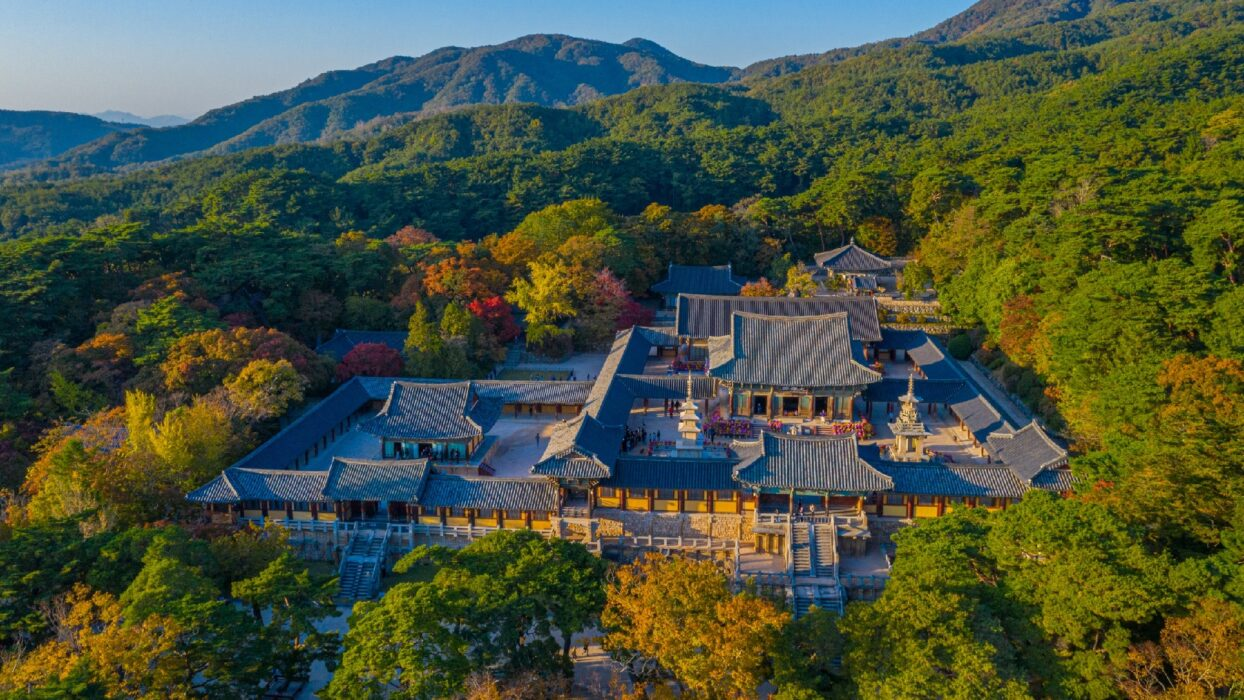
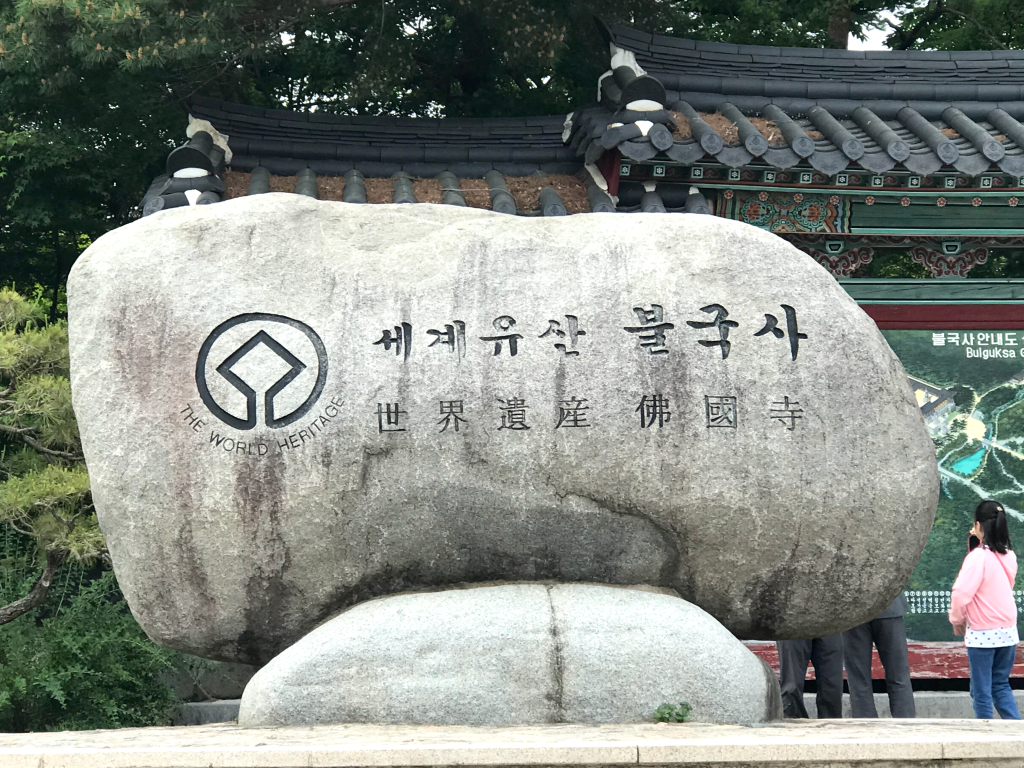
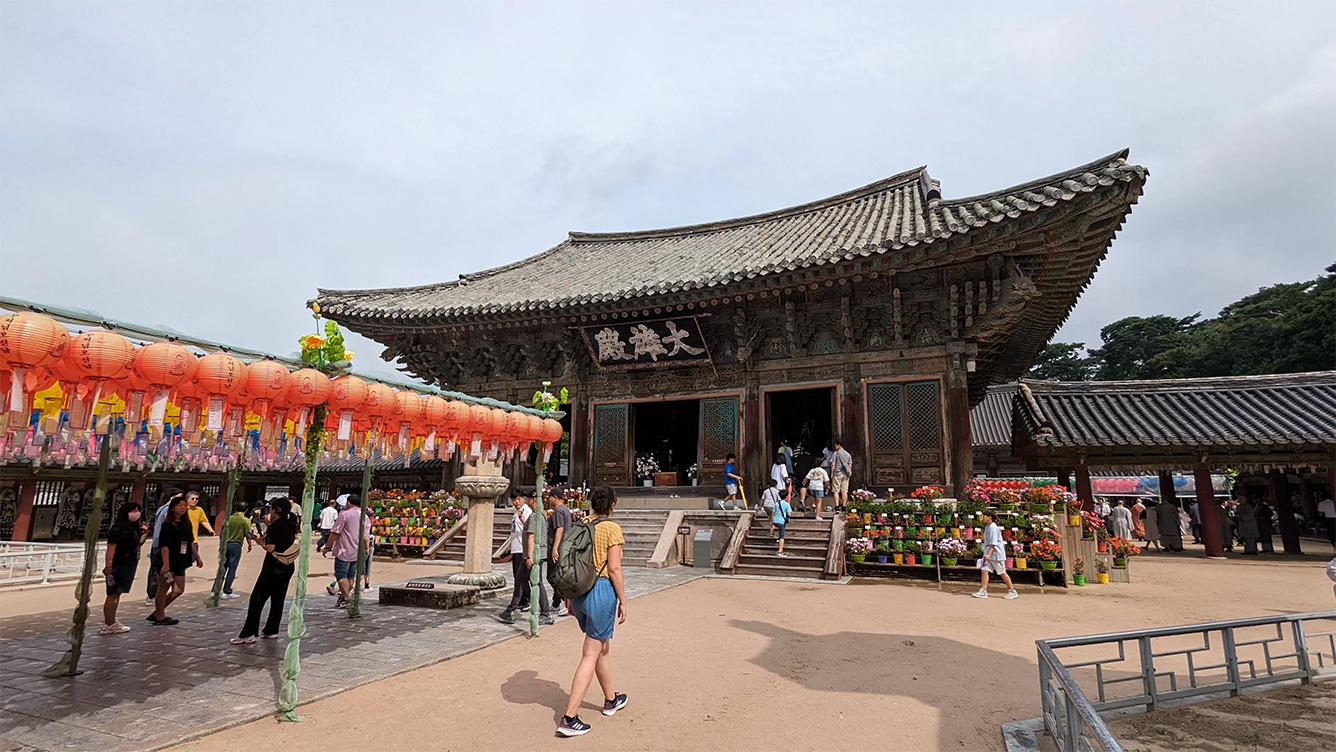
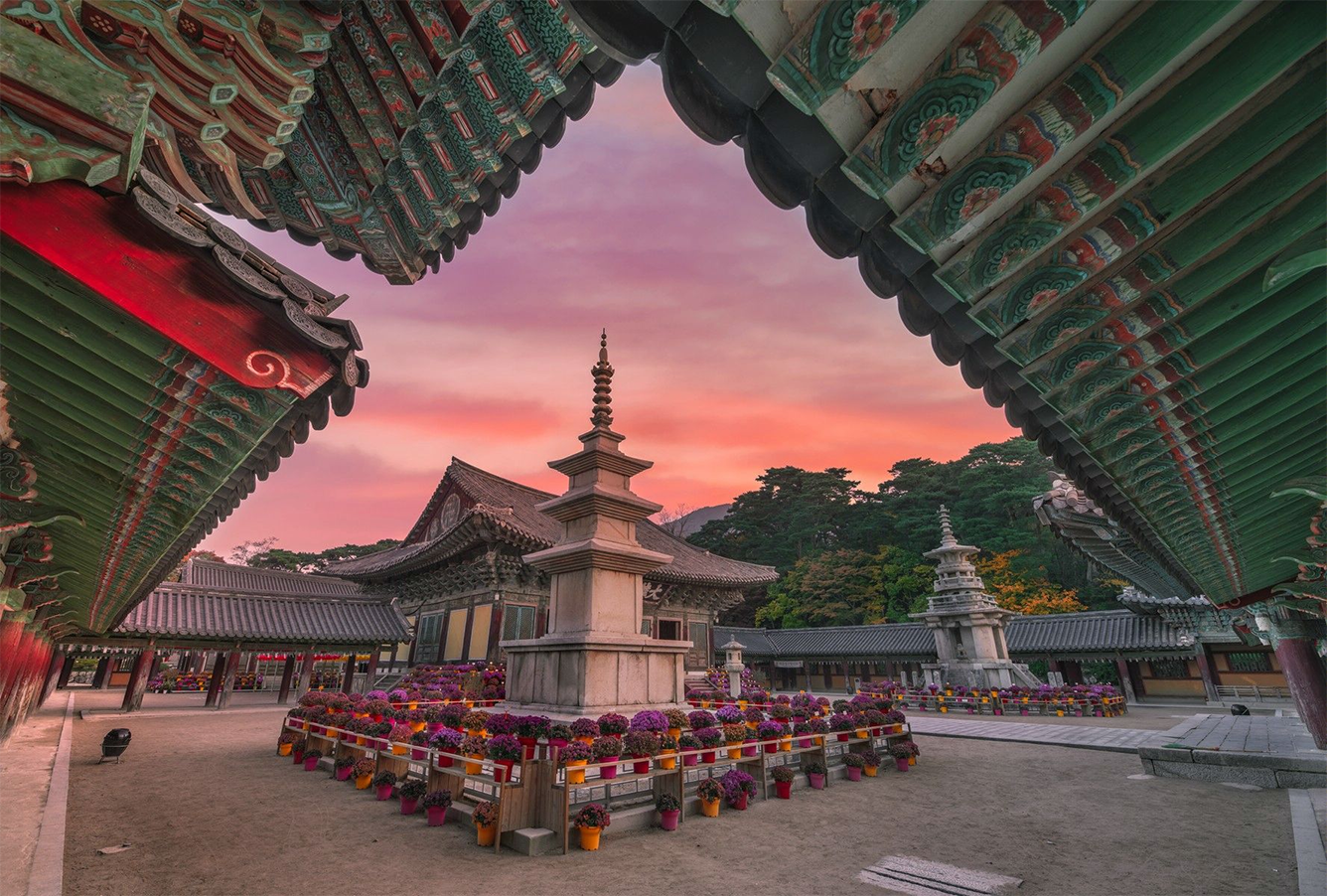
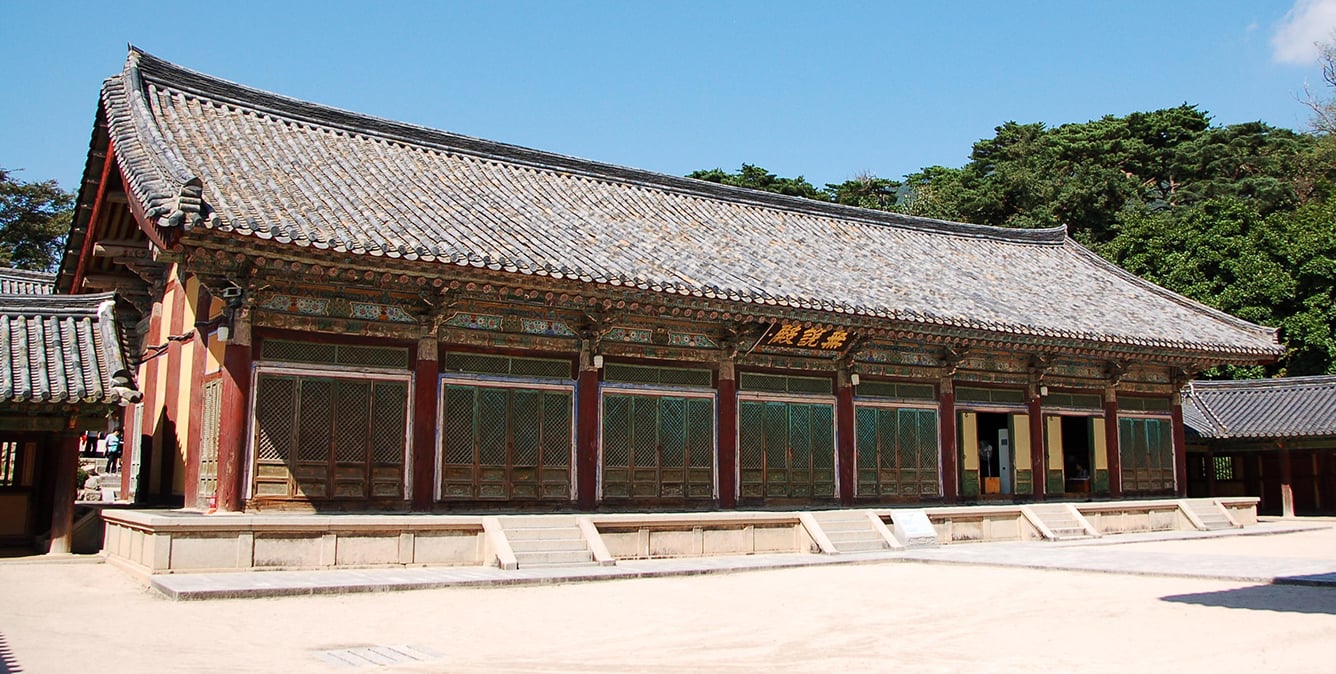
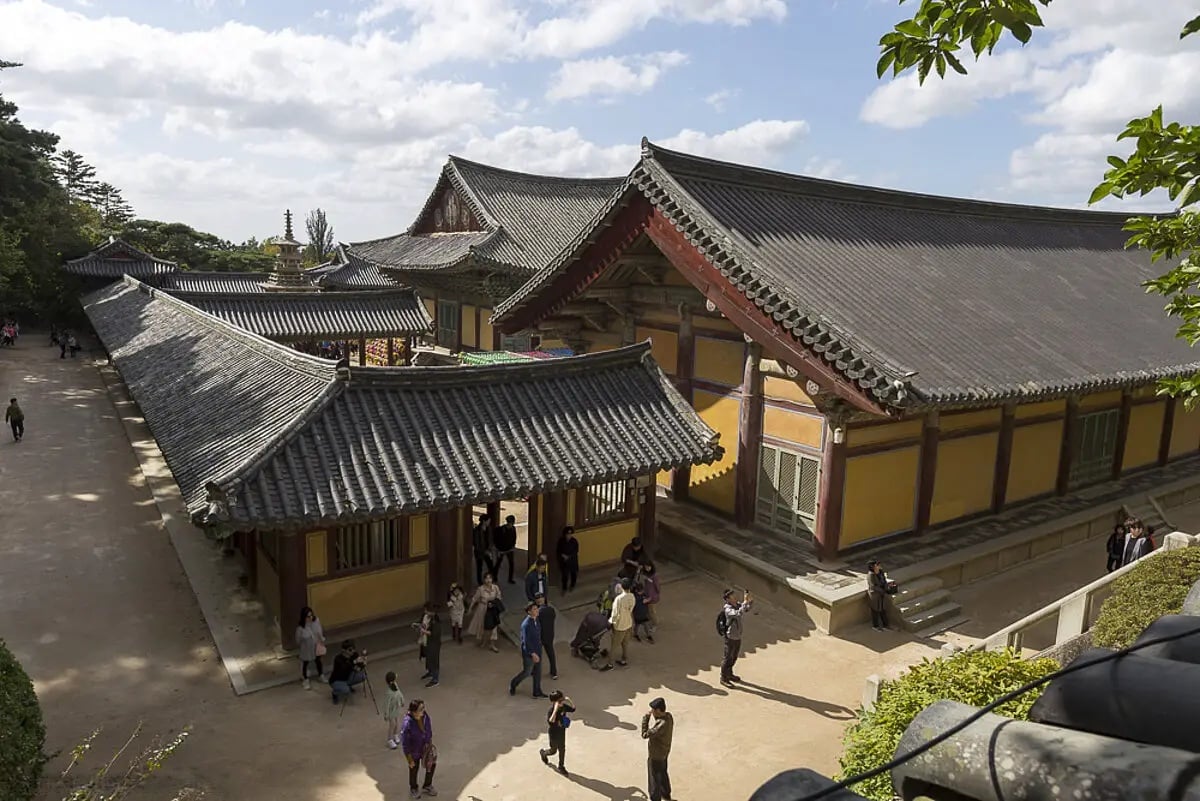
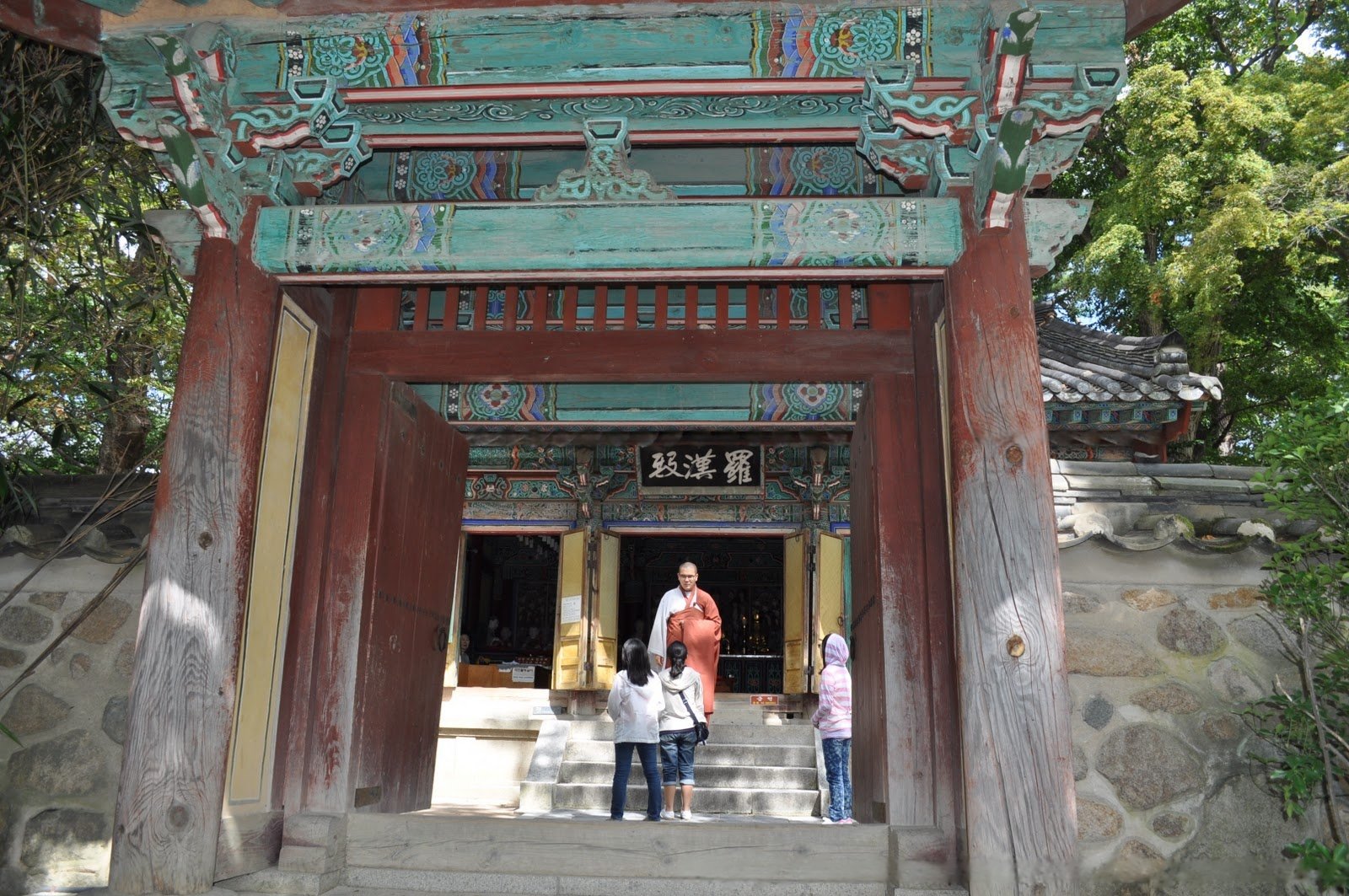
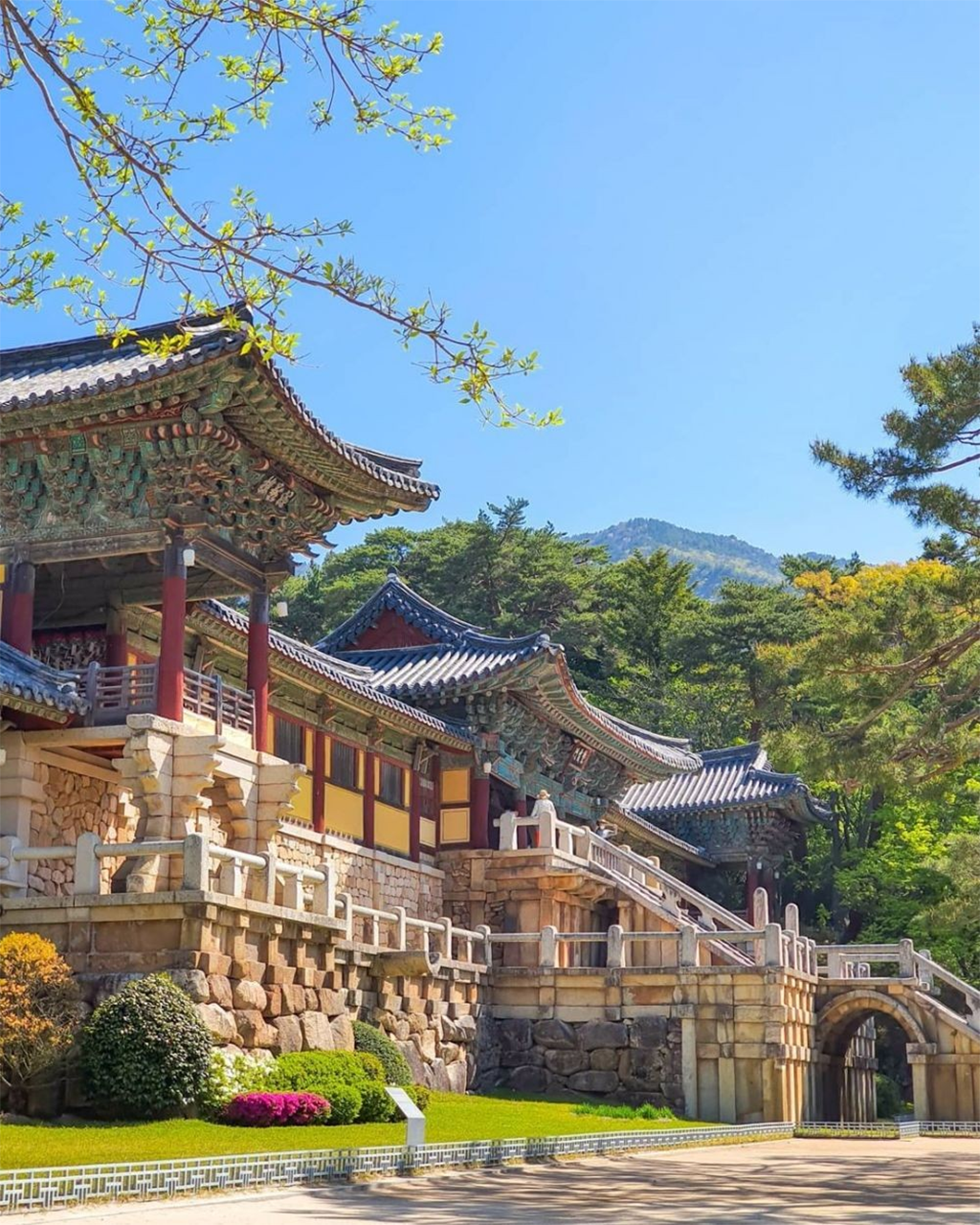














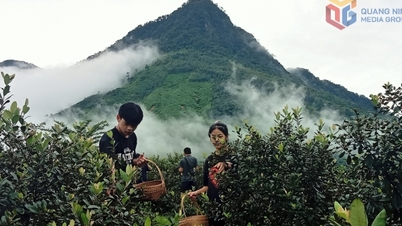

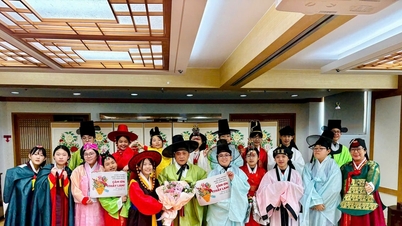



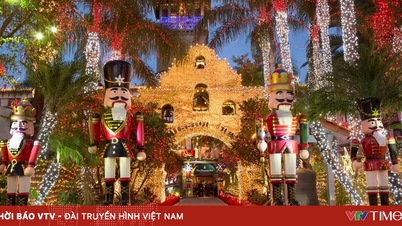

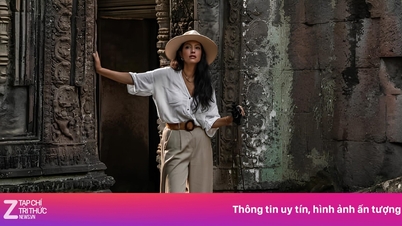

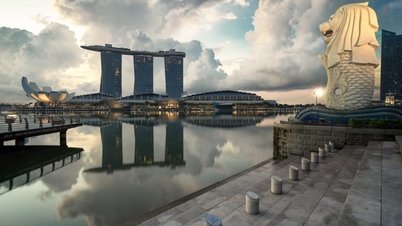

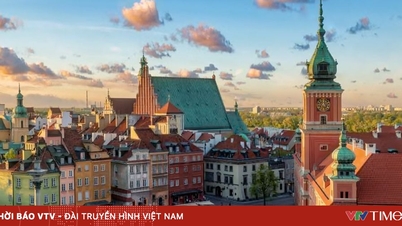




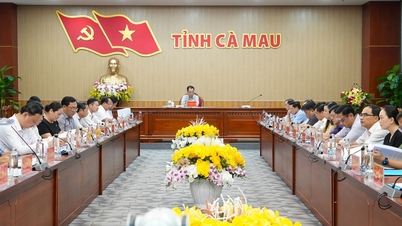

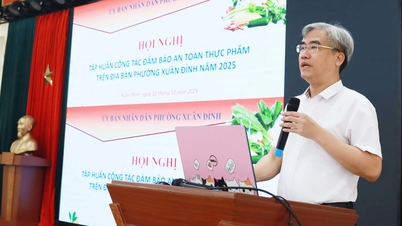
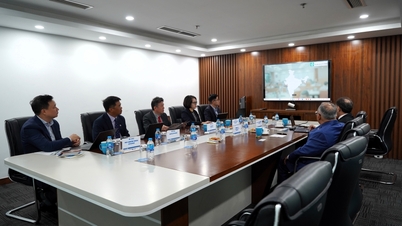

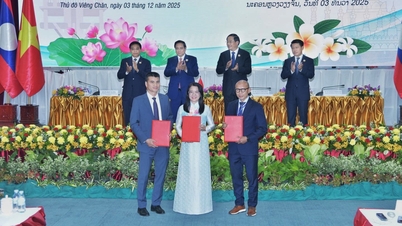
![[Photo] Parade to celebrate the 50th anniversary of Laos' National Day](/_next/image?url=https%3A%2F%2Fvphoto.vietnam.vn%2Fthumb%2F1200x675%2Fvietnam%2Fresource%2FIMAGE%2F2025%2F12%2F02%2F1764691918289_ndo_br_0-jpg.webp&w=3840&q=75)
![[Photo] Worshiping the Tuyet Son statue - a nearly 400-year-old treasure at Keo Pagoda](/_next/image?url=https%3A%2F%2Fvphoto.vietnam.vn%2Fthumb%2F1200x675%2Fvietnam%2Fresource%2FIMAGE%2F2025%2F12%2F02%2F1764679323086_ndo_br_tempimageomw0hi-4884-jpg.webp&w=3840&q=75)
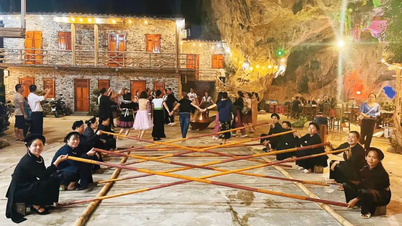

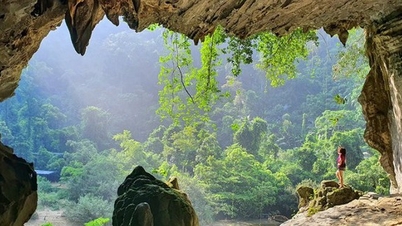

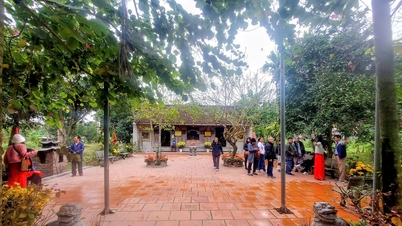
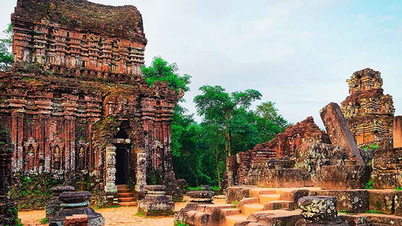


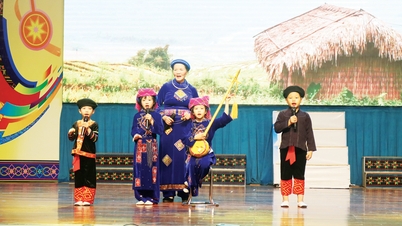

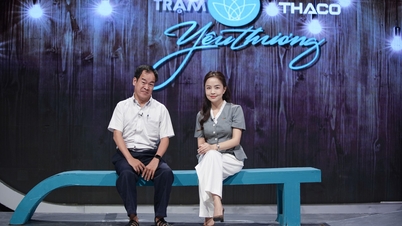

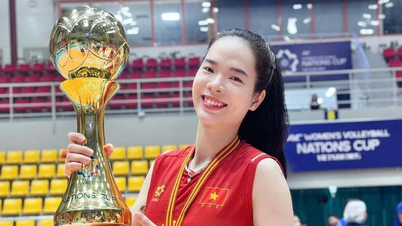

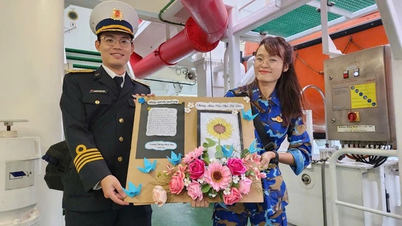




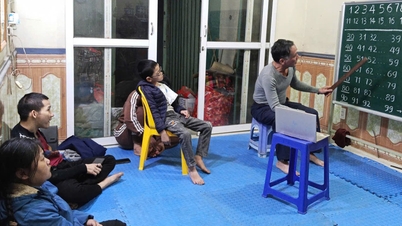


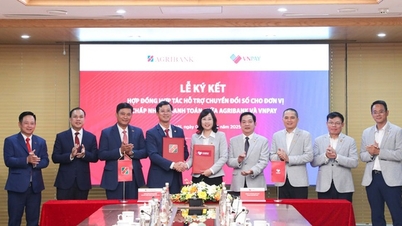



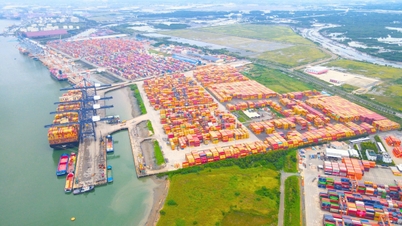






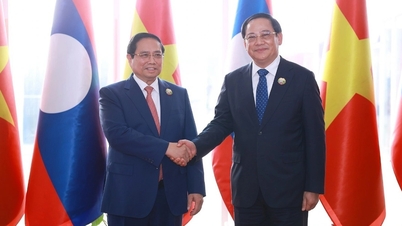

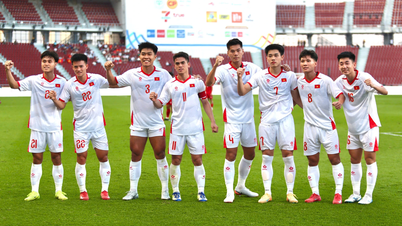

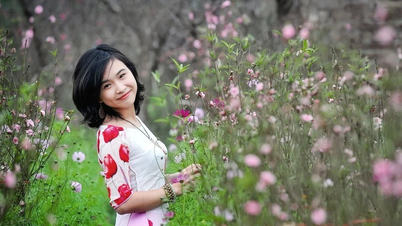




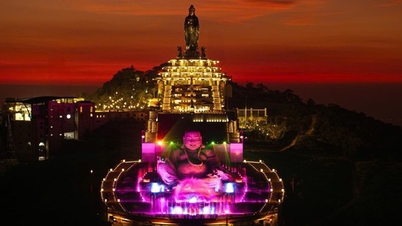
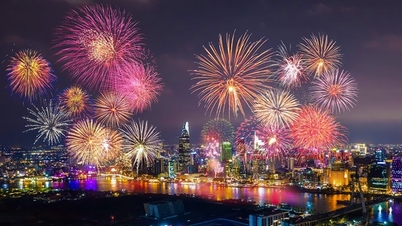




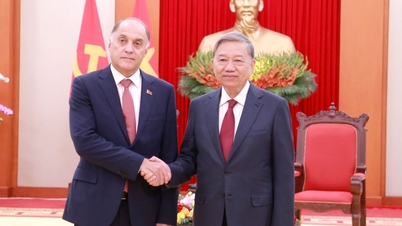


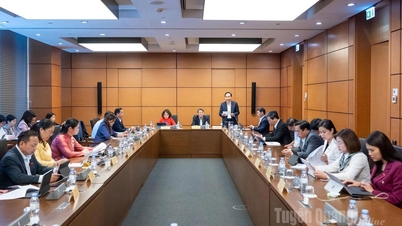

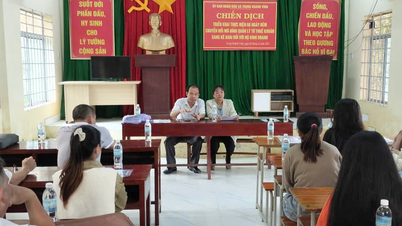

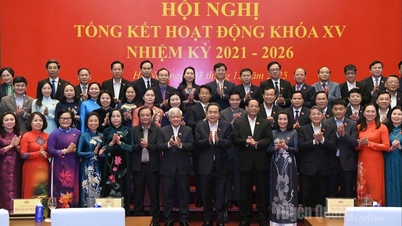








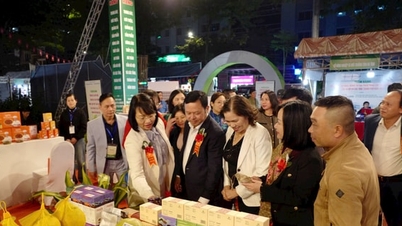





Comment (0)